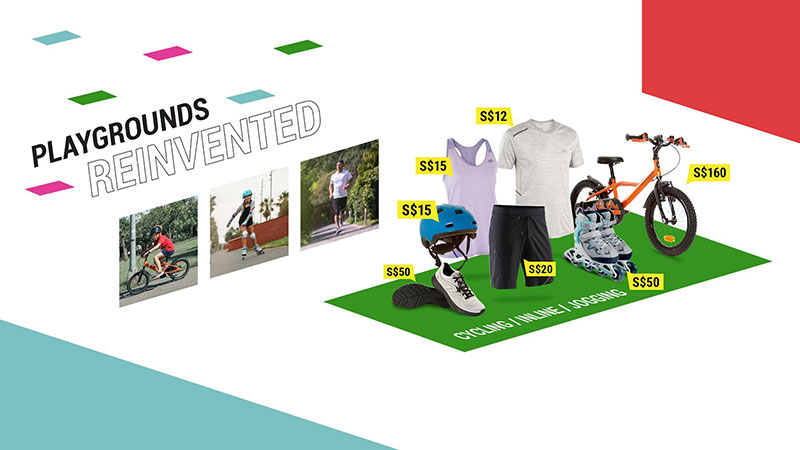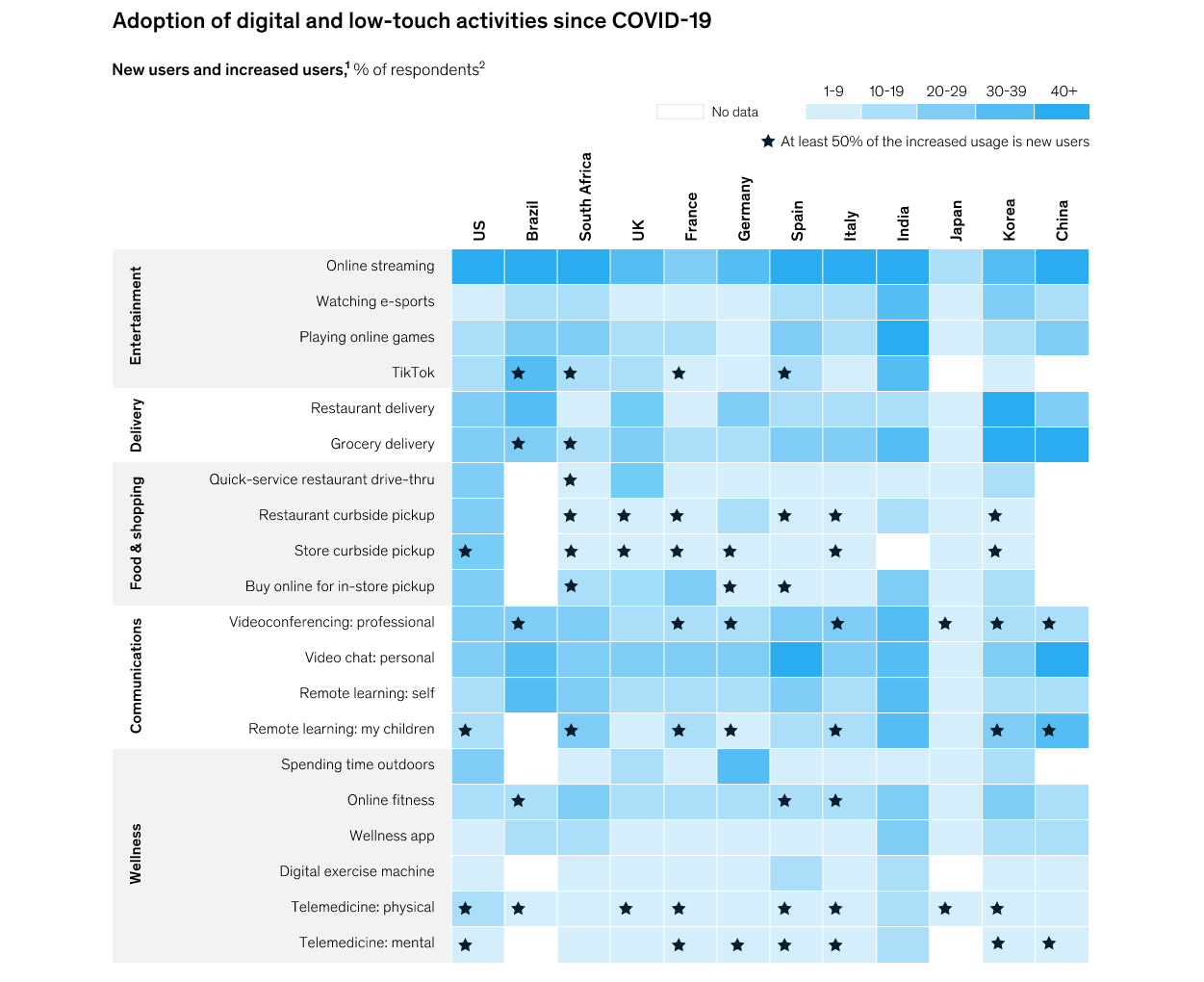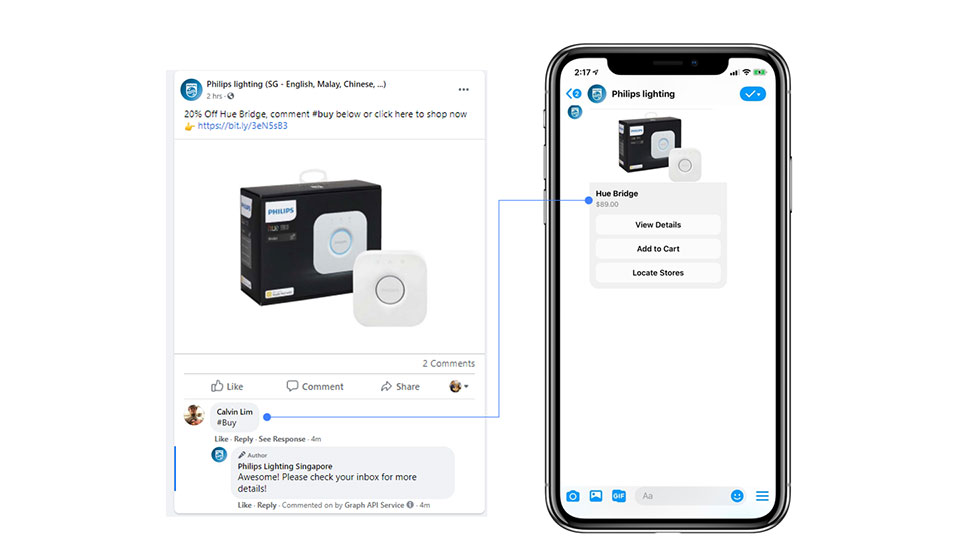Queue lines before you even enter a mall with contact tracing and temperature taking booths, dispersed pockets of merchants back in operation, limited capacity of patrons at any one time – these are but some of the measures that have become common with mall visits these days. The pandemic has undoubtedly impacted business activity at an unprecedented scale globally, with malls and physical retail footfall taking a hit. According to IDC, “growth estimates for global retail in 2020 will be halved from pre-COVID-19 forecasts”.
Amidst The Pandemic: 3 Trends in Retail and what lies ahead
June 9, 2020

June 9, 2020
But amidst the safe distancing measures and shopping restrictions, we’ve seen adaptation of consumer behaviors and retailers which point to new norms in the retail space, helmed by emphasis on digitisation efforts.
1. Heightened Curation
E-commerce has seen a boom in sales and naturally so given the current conditions. However, the boom comes with shifts too in the spending behavior. As reported in Straits Times, Lazada ranked video game consoles and accessories, home office furniture and fitness equipment among the top categories of goods bought during this period, with each category growing more than 1,000 per cent in sales volume.
These initial spending patterns are inevitable, given the lockdown mandate, with users prioritising home-based necessities and in the case of sports brands like Decathlon, a shift of their best-selling products from outdoor to indoor sports. This trend was further acknowledged by the brand through a series of home-based workout routines, gear maintenance tutorials and promotions that fit the season.

Source: Decathlon Singapore Facebook Page
Consumer empathy is arguably the key to these curations. As we ease back into opening up the markets back into operation, we’d expect spending patterns to shift again and brands will need to innovate and prioritize relevance to ensure a smooth transition to a redefined online-offline shopping environment.
2. Digital Experiences
Alongside the spike in online activity, what stood out for us were also brands’ adoption of digital experiences. These ranged from an increase in live auctions, product experts doing demonstrations and lessons and even the Shanghai Fashion Week collaborating with Alibaba TMall to livestream this year’s collection.

Source: The Global Fashion Business Journal
This alliance not only allowed the range to be showcased but also ensured viewers could purchase what they liked and have the order and delivery fulfilled by TMall. With 150 designers participating and over 1,000 products featured, the event’s streams totaled over 11 million views and helped generate more than RMB20 million ($2.82 million) in gross merchandise volume.
With the uncertainties around footfall resurgence, adoption and reliance on livestream sales have also grown exponentially. From renowned brands to mom and pop stores, live shows and product features or tutorials have flooded social media and digital marketplaces.

Michael Kors’ digital pop-up debuted through Tmall (Source: Alizila.com)
3. “Low-Touch” and “Curbside”
Accompanying these shifts to empowering digital consumption, retailers and brands will also have to ramp up fulfillment measures and alternatives as reassurance of “low touch” interactions even as pockets of society reopens.

Source: McKinsey
According to a McKinsey research, one such measure which has seen increased global adoption is store curbside pickup. Such an experience has been executed in various fashions but fundamentally revolve around online shopping and payment, coupled with pickup instructions and appointment-based arrangements. Mostly associated with the F&B space, this iteration for retail in the form of the “curbside pickup trend is likely here to stay”, according to Naveen Jaggi, the president of commercial real estate services firm JLL’s Retail Advisory team.

Funan Mall’s In-Mall Robot and click-and-collect boxes (Source: VulcanPost)
What’s Next?
This list isn’t exhaustive as we expect these norms around the retail industry to continue evolving. One thing’s for sure though – digital sales will lead the charge out of the pandemic and many of these seemingly futuristic approaches will see a leapfrog in adoption.
There is hence an urgency for retailers to step up and innovate but reinventing the wheel might not always be necessary. In fact, we believe a better approach would be to consolidate and redeploy resources and a good place to start would be through their existing digital channels.
Conversational Commerce
One such channel is chat, namely Conversational Commerce. With its high interactivity and increased usage for product and commerce related queries, it allows a seamless transition to scaling digital-based sales efforts. Here are some examples of how you kickstart your conversational commerce journey:
Promo Codes and Coupon Redemption

ION Orchard Shopping Mall Chatbot
In anticipation of the easing of movement restrictions, brands have already started releasing promotional e-vouchers and deals to allow users to bookmark them for redemption when shops reopen. This simple yet novel method allows brands to keep the shopping spirit alive amongst their consumers and sustain their interest even during a time when their physical spaces are inaccessible.
Through a chatbot, these can be extended further by profiling user preferences which will then personalise the offers that are pushed to them. The chatbot can also serve out reminders on redemption dates and give updates on operation restrictions. The case study shown above was one we did with ION Orchard previously in 2019 for their seasonal campaign deals which allowed users to browse and receive updates on their preferred deals. Redemption could only be done in-store but the experience and thrill of bargain hunting was extended to every users’ mobile messaging platform.
Product Recommendations

Signify (Philips Lighting) eCommerce Chatbot
A vital part of recommendation flows lie in a keen understanding of your users’ needs and behaviors. For Signify (Philips Lighting) Singapore, it was clear that back in 2017 their users had issues navigating through their product inventory and were unaware of the smart lighting solutions. The recommendation engine was thus built to ensure ease of use and quick accessibility – almost like how a salesman in-store would guide you through your needs to find you the most ideal product.
Likewise, in these times of restricted movement, recommendations around home improvement, accommodating work-from-home setups or simply enhancing the stay-home experience in general would inspire and increase customer activity and satisfaction.
Purchase Triggers

Trigger Purchase via Facebook Post
In the transition to digital commerce and implementing the above tip on recommendations, one other aspect would be to capture and scale the user intention to purchase. This can be achieved with smart chats that can trigger check-out functions seamlessly through a range of interaction points, including commenting on your Facebook Page. These also provide real time feedback on the changing trends of consumption across your range of products.
To learn more on how your brand can get started with conversational commerce, ping us here.
Recent Posts
- The Future of Customer Support: Harnessing Generative AI for Better Customer Service
- Best Practices for Success with Your Marketing Messages This Festive Season
- Transform Your Marketing Strategy with WhatsApp Broadcasting: A Guide to Customer Engagement
- The Role of AI Chatbots in Revolutionizing Healthcare
- 6 AI Strategies to Boost Retail Customer Loyalty
Categories
- Careers
- Conversational Advertising
- Conversational AI
- Conversational Commerce
- Conversational Marketing
- Conversational Service
- Customer Experience
- Customer Service
- Generative AI
- Google Business Messages
- Healthcare
- Hospitality
- Insights
- Marketing
- Press Release
- Security
- SMEs
- Technology
- WhatsApp Business

